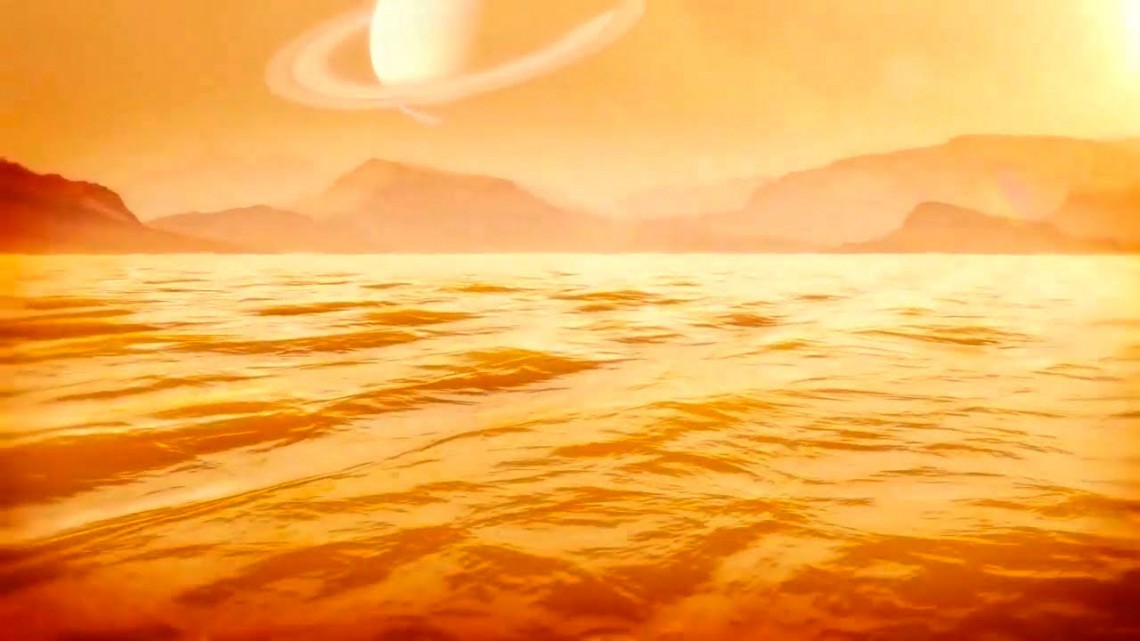An unmanned seaplane is planned to be launched on Saturn’s Titan moon. It is being developed by engineers from Planet Enterprises. The device will be able to land on the surface of the seas filled with liquid hydrocarbons of this celestial body.

Aircraft for Titan
Scientists are preparing to seriously explore Saturn’s moon Titan and are developing unmanned aircraft for it. Already in 2034, the Dragonfly helicopter should go there. But scientists have proposed an even more ambitious project — an unmanned aircraft that can travel in an atmosphere of hydrocarbons.
Titan is the second largest moon in the Solar System. It is the only celestial body besides the Earth, on the surface of which there are real seas. True, it is not water, but a mixture of the same hydrocarbons that make up its atmosphere, but at a temperature of minus 180 degrees Celsius they turn into a liquid.
In order to explore these objects, the necessary apparatus is capable of being in the air for a long time. And this is exactly how Planet Enterprises has developed, which has already received 175 thousand dollars for its further development under the NIAC program.
TitanAir Seaplane
Today, the TitanAir spacecraft exists only in the form of a general concept. This is one of 14 projects selected as part of the first stage of the NIAC grant program. Now the developers are preparing a more detailed project for the next program.
Quinn Morley, who heads Planet Enterprises, says that TitanAir should be a seaplane that can land on the surface of the seas and take samples from there. For this purpose, its wing will be equipped with a system of capillaries — thin containers through which the liquid can rise by gravity without the help of pumps.
A coffee cup developed for astronauts in 2008 led engineers to the idea of such a system. In it, a capillary system is used to deliver liquid from a completely closed container into a person’s mouth. Here everything will be the opposite — the fuel tank and scientific instruments will become the final point where hydrocarbons will be sent.
Since Titan is much smaller than Earth, the gravitational force on it is only 17 percent of what we are used to on our planet. So, aerodynamic flight in its atmosphere is quite possible. It is only necessary that the wing of the aircraft be thin and long.
According to phys.org
Follow us on Twitter to get the most interesting space news in time
https://twitter.com/ust_magazine

